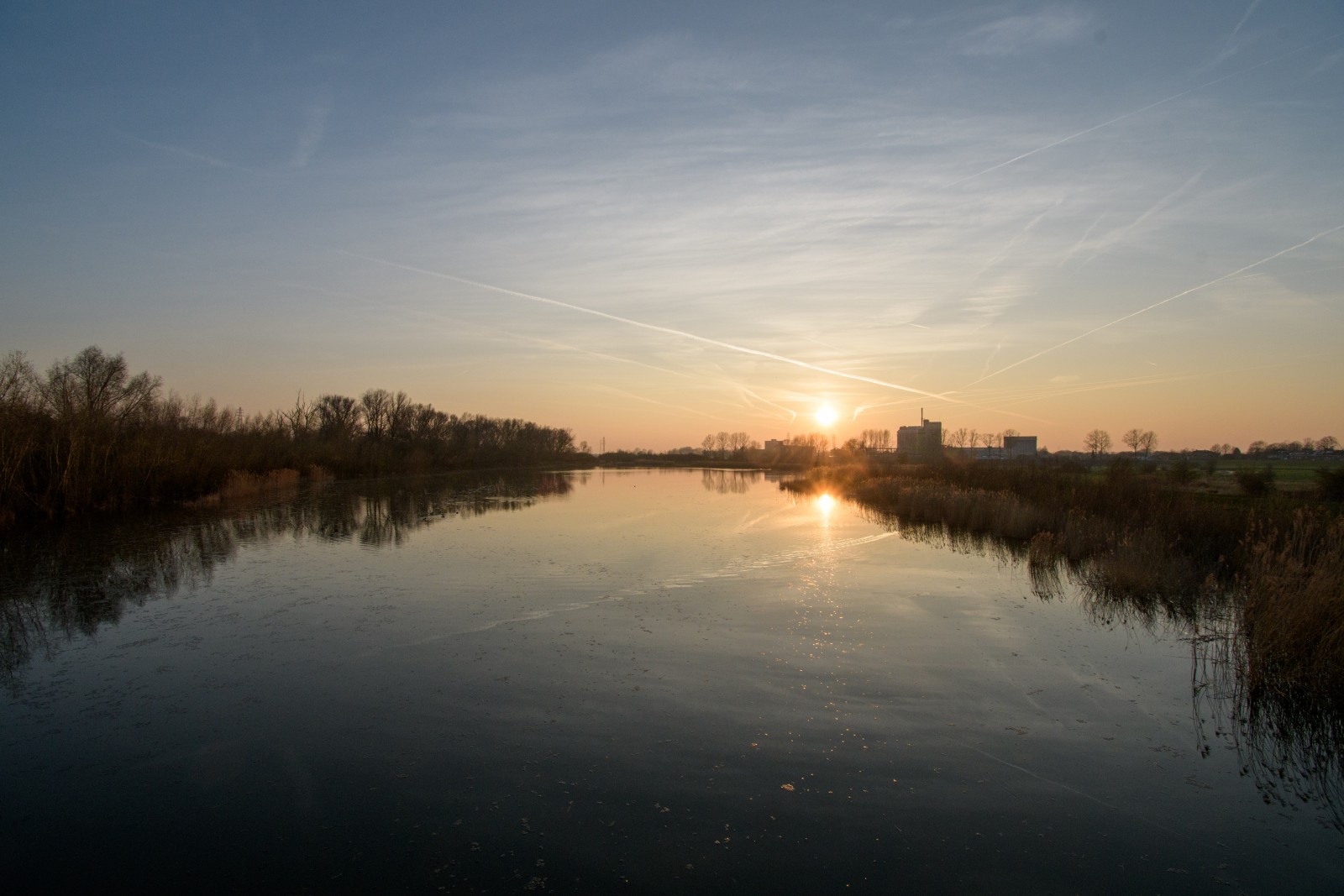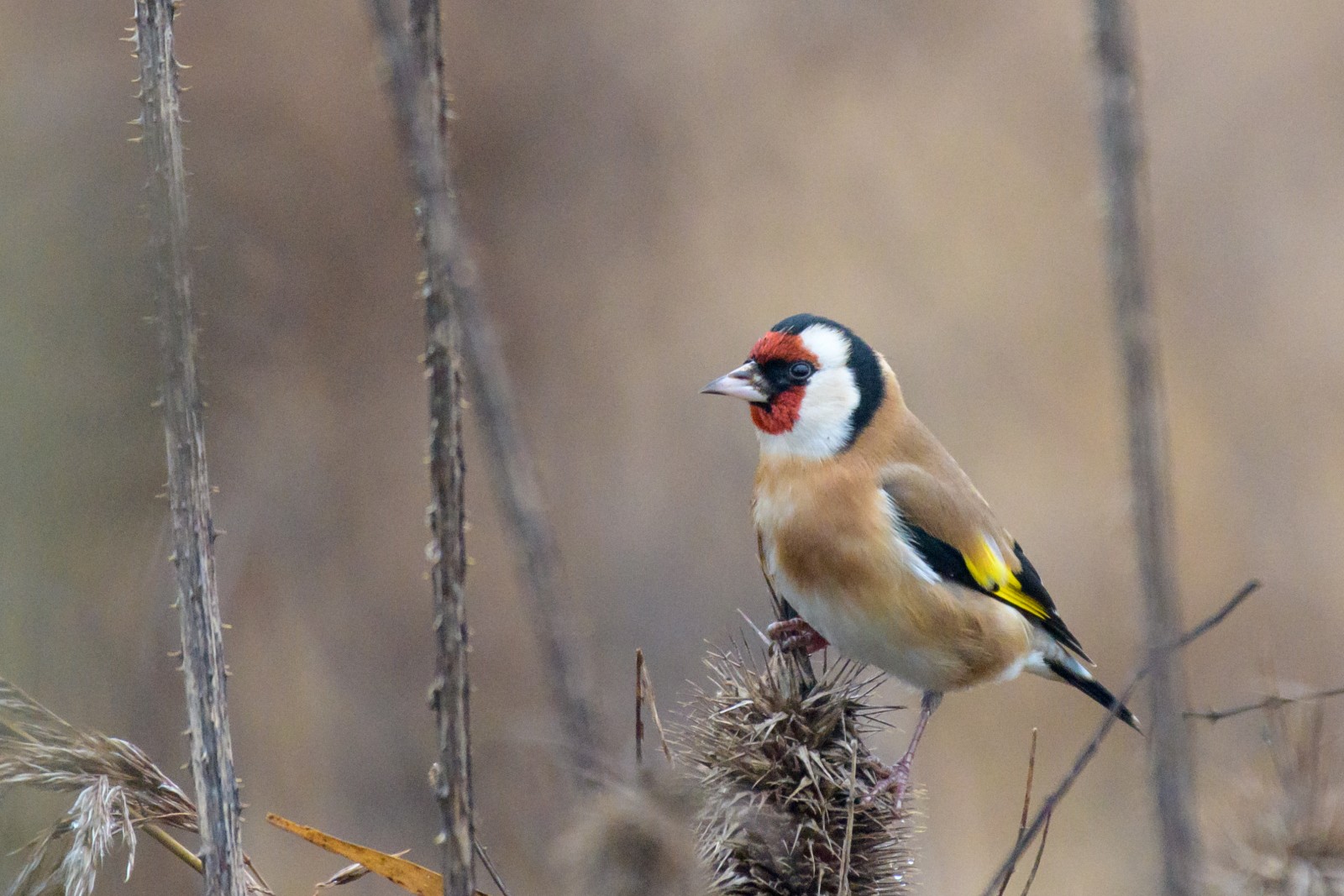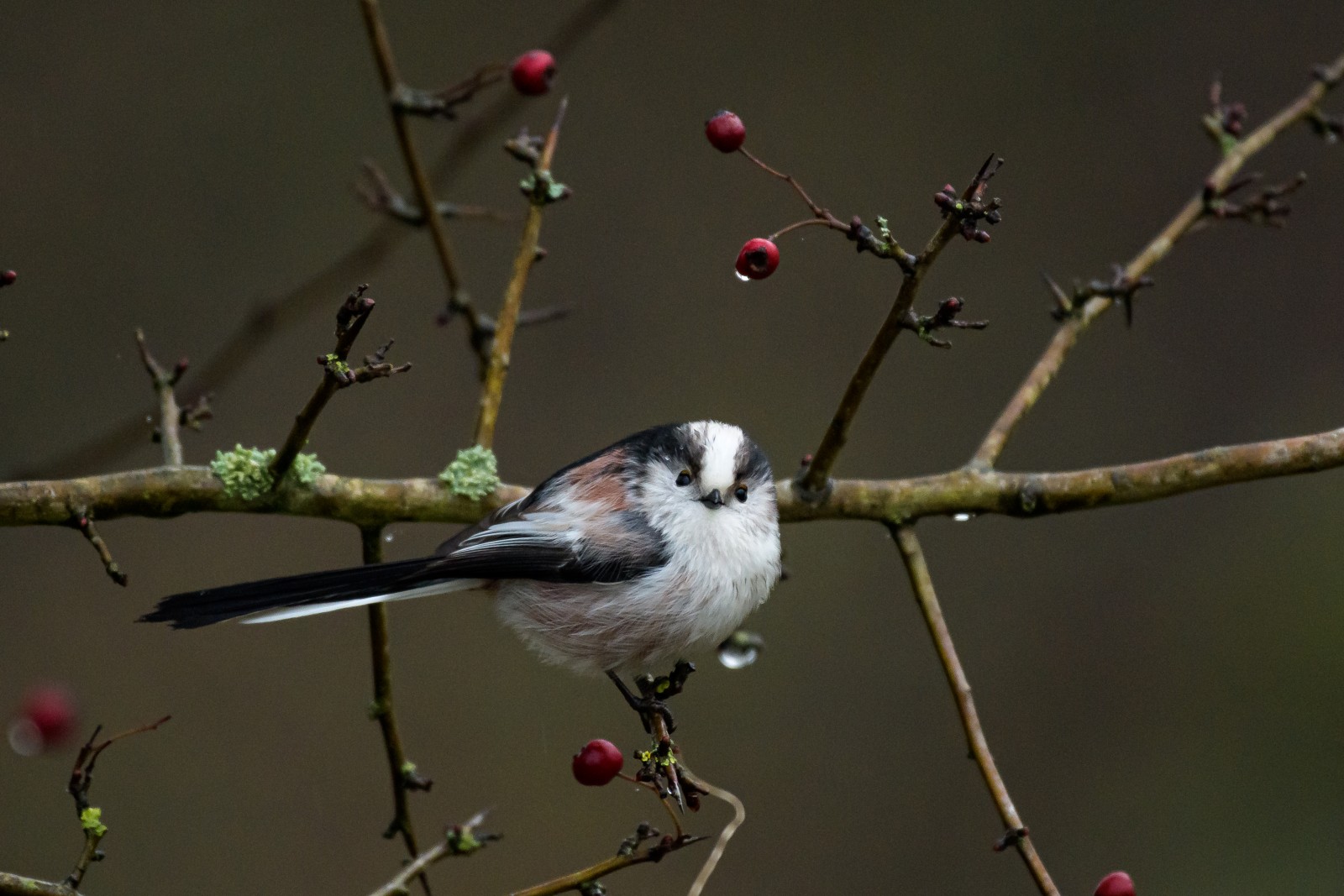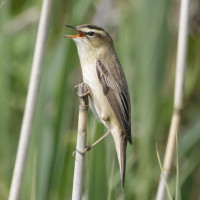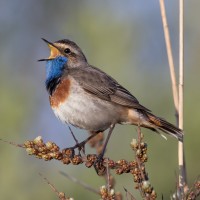Description
The Wageningse Bovenpolder is divided by a secondary channel, which harbors various duck species like Μαυροκέφαλη Πάπια, (Ευρασιατική) Χουλιαρόπαπια, (Ευρωπαϊκό) Κιρκίρι and Καπακλής and other waders like Ποταμοσφυριχτής, Ακτίτης, Δασότρυγγας and Λασπότρυγγας. Multiple Ποταμογλάρονο are foraging here. These can be observed from the walking tracks or the bridge. A wider part of this secondary channel can be observed from a paved road and in addition of the abovementioned species, the (Κοινό) Μπεκατσίνι and (Ευρωπαϊκή) Αβοκέταare often seen here. In certain years the Ορτυκομάνα, Στικτοπουλάδα and (Ευρασιατικός) Ήταυρος can be found here as well. The current conservation is especially aimed to make the area attractive for these species.
From the walking paths other species like the (Μεγάλο) Καλαμοτσίχλονο, Γαλαζολαίμης, (Ευρωπαϊκή) Αλκυόνη, (Ευρωπαϊκός) Κούκος, (Ευρωπαϊκή) Νεροκοτσέλα,(Ευρωπαϊκό) Ψευταηδόνι and Μαυρολαίμης are frequently observed. The (Ευρωπαϊκή) Κουκουβάγια also resides in the area. Birds of prey that visit the area are Πετρίτης, (Κοινό) Ξεφτέρι, Διπλοσάϊνο and Δεντρογέρακο. A newly designed (2020) circular walking path will cover all highlights including the above mentioned areas and the Rhine. During migration interesting species could pass by like Ψαλιδιάρης, (Ευρωπαϊκός) Θαλασσαετός and (Ευρωπαϊκός) Γερανός. Rare species are also found here occassionally.
_________________________
Nederlands: De Wageningse Bovenpolder wordt doorsneden door een nevengeul, waarin verschillende soorten eenden leven zoals Μαυροκέφαλη Πάπια, (Ευρασιατική) Χουλιαρόπαπια, (Ευρωπαϊκό) Κιρκίρι en Καπακλής en steltlopers zoals Ποταμοσφυριχτής, Ακτίτης, Δασότρυγγας en Λασπότρυγγας. Meerdere Ποταμογλάρονο zijn hier aan het foerageren. Deze zijn te zien vanaf de wandelpaden of vanaf de brug. Een groter deel van deze nevengeul is vanaf een verharde weg waar te nemen en naast bovengenoemde soorten komen hier ook vaak de (Κοινό) Μπεκατσίνι en (Ευρωπαϊκή) Αβοκέτα voor. In bepaalde jaren zijn hier ook de Ορτυκομάνα, Στικτοπουλάδα en (Ευρασιατικός) Ήταυρος te vinden. Het huidige beheer is er vooral op gericht om het gebied aantrekkelijk te maken voor deze soorten.
Vanaf de wandelpaden kun je ook andere soorten ontdekken. (Μεγάλο) Καλαμοτσίχλονο, Γαλαζολαίμης, (Ευρωπαϊκή) Αλκυόνη, (Ευρωπαϊκός) Κούκος, (Ευρωπαϊκή) Νεροκοτσέλα, (Ευρωπαϊκό) Ψευταηδόνι en Μαυρολαίμης worden vaak waargenomen. Ook de (Ευρωπαϊκή) Κουκουβάγια leeft in het gebied. Roofvogels die het gebied bezoeken zijn Πετρίτης, (Κοινό) Ξεφτέρι, Διπλοσάϊνο en Δεντρογέρακο. Een nieuw ontworpen (2020) rondwandelpad zal langs alle hoogtepunten gaan, inclusief de bovengenoemde gebieden en de Rijn. Tijdens de trek kunnen interessante soorten voorbij komen zoals Ψαλιδιάρης, (Ευρωπαϊκός) Θαλασσαετός en (Ευρωπαϊκός) Γερανός. Af en toe komen hier ook zeldzame soorten voor.
Details
Access
The best way to reach this area is by bike or foot. Parking would be the easiest in the city centre. There are limited (free) places to stay the night in a motorhome. The area is only accessible by foot. Certain spots on the border of the area can be reached by bike. It is not accessible for cars.
_________________________
Nederlands: De beste manier om dit gebied te bereiken is per fiets of te voet. Parkeren is het gemakkelijkst in het stadscentrum van Wageningen. Er zijn beperkte (gratis) overnachtingsplaatsen voor campers. Het gebied is alleen te voet bereikbaar. Bepaalde plekken aan de rand van het gebied zijn met de fiets te bereiken. Het is niet toegankelijk voor auto's.
